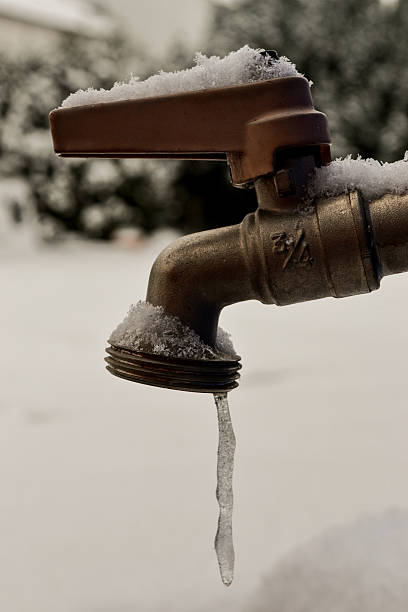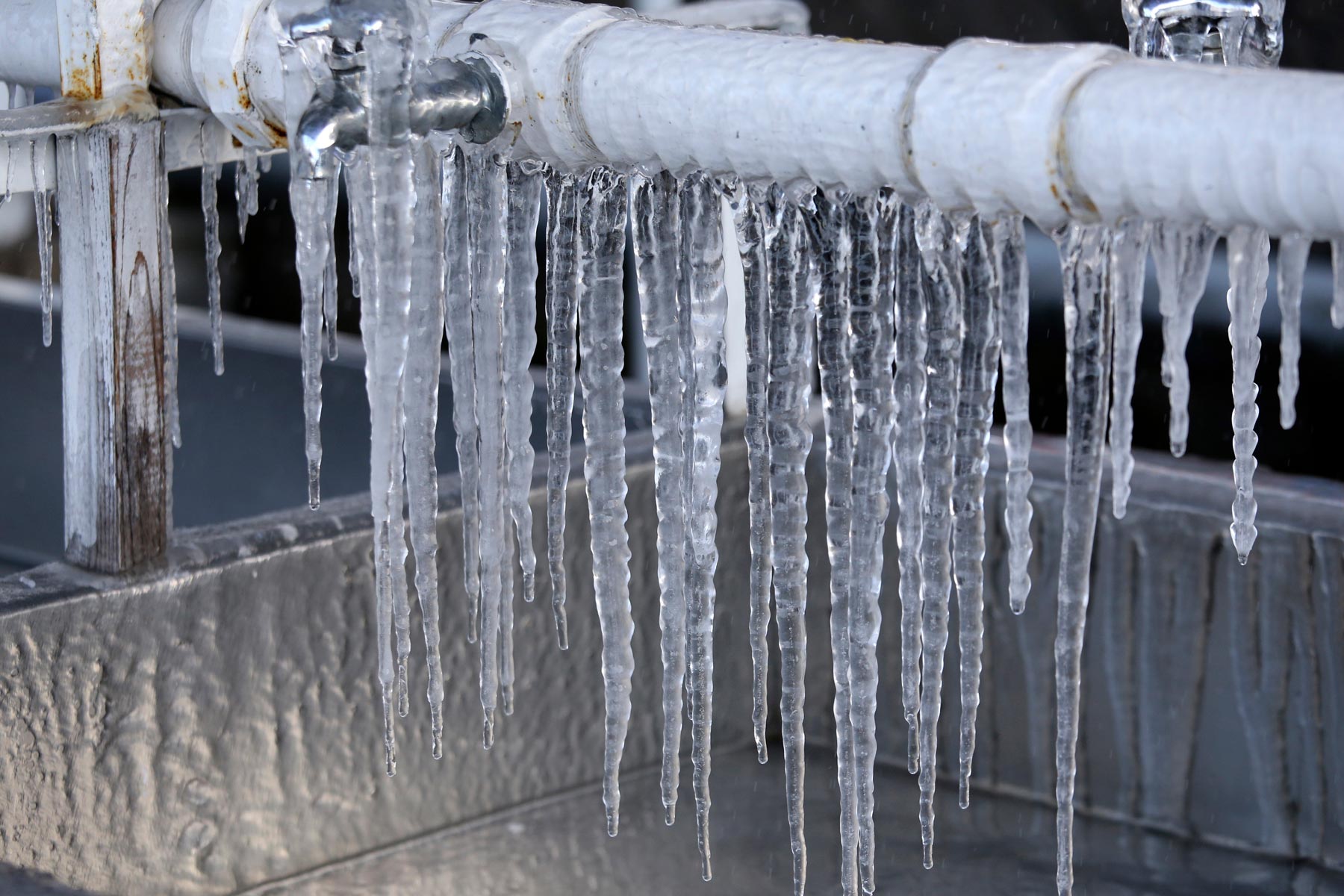Avoiding Your Pipes from Cold Weather: Top Methods
Avoiding Your Pipes from Cold Weather: Top Methods
Blog Article
We have noticed this article relating to Preventing and dealing with frozen pipes listed below on the web and reckoned it made good sense to quickly share it with you over here.

Cold weather can damage your plumbing, especially by freezing pipes. Right here's how to avoid it from taking place and what to do if it does.
Intro
As temperature levels decrease, the threat of frozen pipes rises, possibly leading to costly repair work and water damages. Recognizing how to stop icy pipes is essential for home owners in cold environments.
Avoidance Tips
Protecting susceptible pipes
Cover pipes in insulation sleeves or utilize warmth tape to shield them from freezing temperatures. Focus on pipes in unheated or outside locations of the home.
Heating techniques
Maintain interior rooms effectively warmed, specifically locations with pipes. Open up closet doors to allow warm air to flow around pipes under sinks.
Exactly how to recognize frozen pipes
Try to find lowered water flow from taps, unusual smells or noises from pipelines, and visible frost on exposed pipes.
Long-Term Solutions
Architectural modifications
Consider rerouting pipelines far from exterior wall surfaces or unheated locations. Add additional insulation to attic rooms, basements, and crawl spaces.
Upgrading insulation
Buy high-quality insulation for pipelines, attics, and walls. Correct insulation helps maintain consistent temperature levels and reduces the threat of icy pipes.
Protecting Outside Plumbing
Garden hoses and exterior taps
Disconnect and drain garden tubes prior to winter months. Install frost-proof spigots or cover outdoor taps with insulated caps.
Recognizing Icy Pipes
What triggers pipelines to freeze?
Pipes ice up when subjected to temperature levels below 32 ° F (0 ° C) for expanded periods. As water inside the pipes freezes, it broadens, taxing the pipeline wall surfaces and possibly creating them to burst.
Risks and problems
Icy pipes can result in water system disturbances, building damages, and costly repairs. Ruptured pipelines can flood homes and create substantial structural damage.
Signs of Frozen Pipes
Identifying frozen pipelines early can prevent them from rupturing.
What to Do If Your Pipelines Freeze
Immediate actions to take
If you think icy pipes, keep taps available to eliminate stress as the ice melts. Make use of a hairdryer or towels soaked in hot water to thaw pipes gradually.
Verdict
Stopping frozen pipelines requires aggressive measures and quick feedbacks. By understanding the reasons, indications, and preventive measures, house owners can secure their plumbing throughout winter.
5 Ways to Prevent Frozen Pipes
Drain Outdoor Faucets and Disconnect Hoses
First, close the shut-off valve that controls the flow of water in the pipe to your outdoor faucet. Then, head outside to disconnect and drain your hose and open the outdoor faucet to allow the water to completely drain out of the line. Turn off the faucet when done. Finally, head back to the shut-off valve and drain the remaining water inside the pipe into a bucket or container. Additionally, if you have a home irrigation system, you should consider hiring an expert to clear the system of water each year.
Insulate Pipes
One of the best and most cost-effective methods for preventing frozen water pipes is to wrap your pipes with insulation. This is especially important for areas in your home that aren’t exposed to heat, such as an attic. We suggest using foam sleeves, which can typically be found at your local hardware store.
Keep Heat Running at 65
Your pipes are located inside your walls, and the temperature there is much colder than the rest of the house. To prevent your pipes from freezing, The Insurance Information Institute suggests that you keep your home heated to at least 65 degrees, even when traveling. You may want to invest in smart devices that can keep an eye on the temperature in your home while you’re away.
Leave Water Dripping
Moving water — even a small trickle — can prevent ice from forming inside your pipes. When freezing temps are imminent, start a drip of water from all faucets that serve exposed pipes. Leaving a few faucets running will also help relieve pressure inside the pipes and help prevent a rupture if the water inside freezes.
Open Cupboard Doors
Warm your kitchen and bathroom pipes by opening cupboards and vanities. You should also leave your interior doors ajar to help warm air circulate evenly throughout your home.

Do you appreciate reading about How to prepare your home plumbing for winter weather? Try leaving a comment directly below. We'd be glad to find out your thoughts about this piece. Hoping to see you back again soon. Are you aware of somebody who is very much interested in the subject? Take a moment to share it. Thank-you for going through it.
This Post Report this page